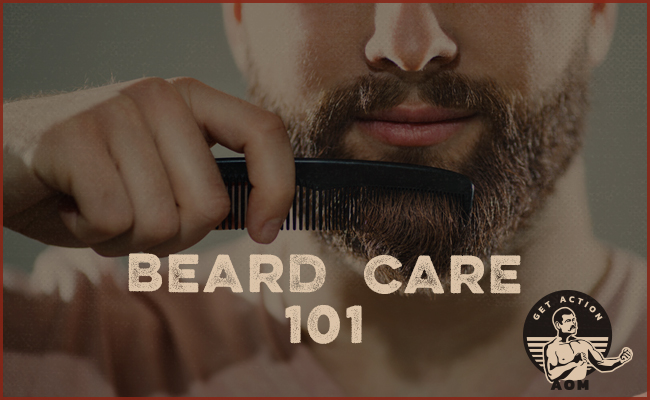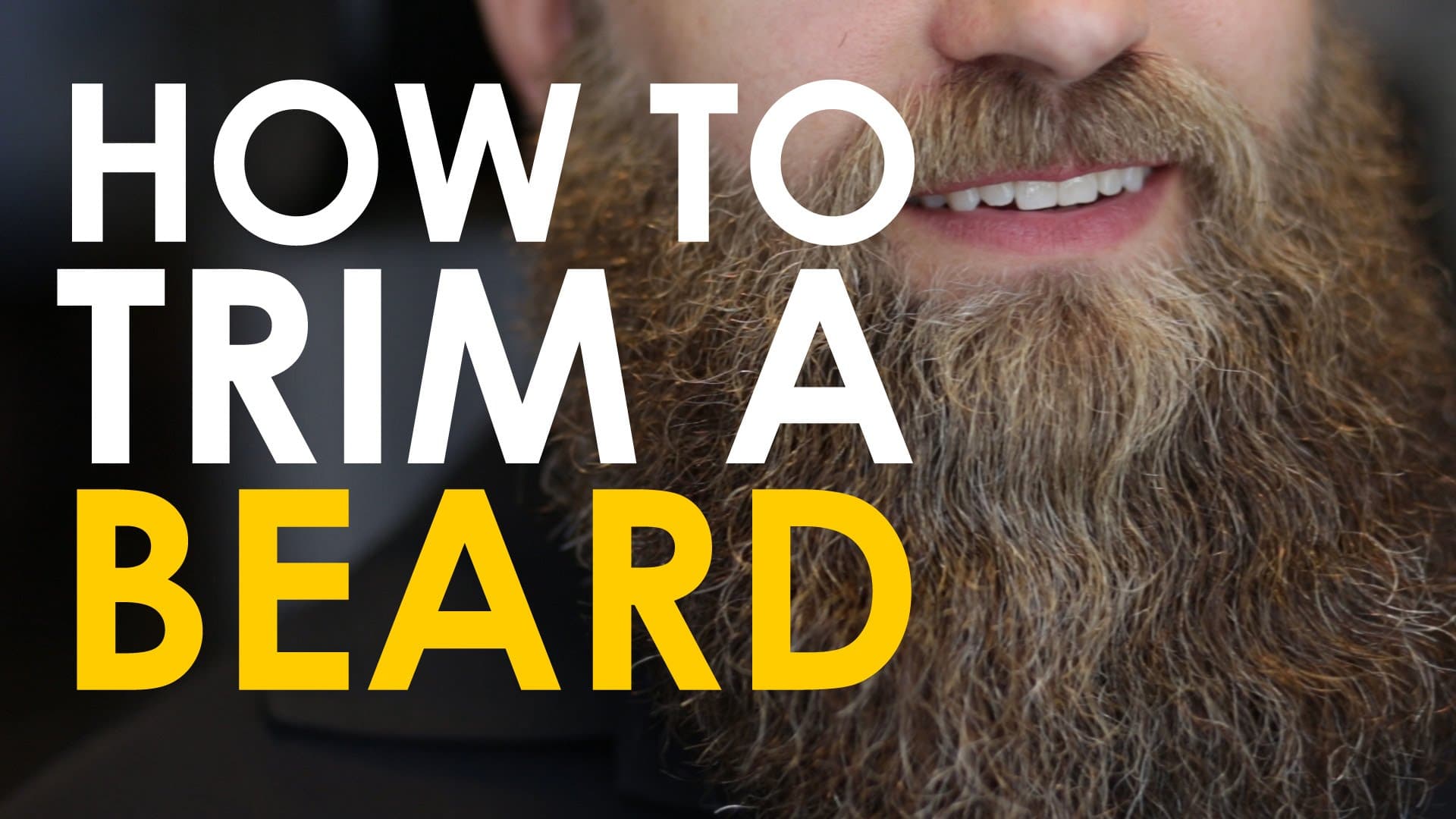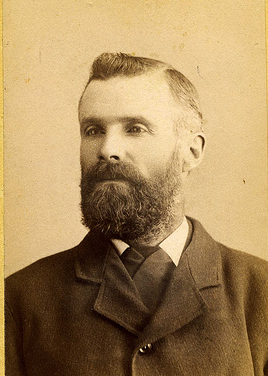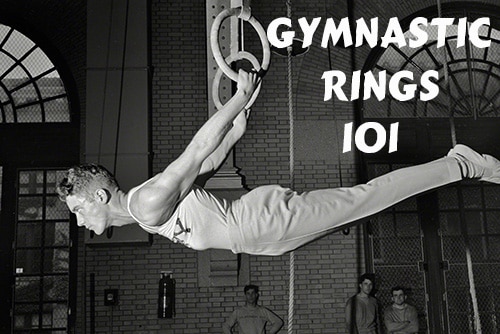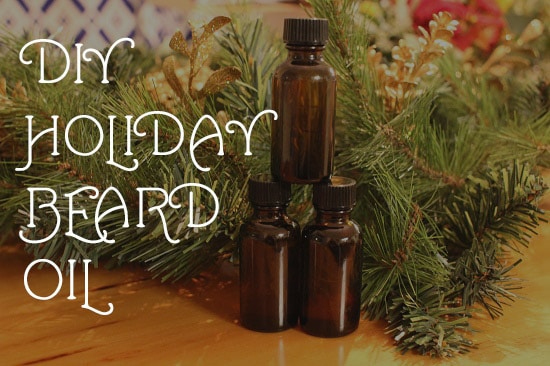Note: Make sure to read our article on how to grow a beard.
While the hair on top of your head tends to get more grooming and maintenance attention, the hair on your face needs some TLC too. But the myriad beardly products, from special oils to specific combs, that have exploded onto the market in the last decade have created a confusing landscape. Does the average beard-wearer even need that stuff? And if not, what does an effective but minimal facial hair grooming routine look like?
As with many of our hair styling and grooming pieces, Thad Forrester of Hudson / Hawk Barber & Shop provided some expertise on the topic.
Why You Need to Care for Your Facial Hair
Taking time to tend to your facial hair has a couple important benefits.
First, it makes your beard and/or mustache look better. When you try to get away with no grooming whatsoever, the hair on your face will look scraggly and disheveled — just as when you don’t shower or wash/groom the hair on your head. Many gents will wake up in the morning with “bed beard” — the facial equivalent of bed head — where your beard hair is stuck in one place after sleeping on it all night. Even with a short-ish full beard like mine, it’s noticeable when the hair is all slanting in one direction; it looks haphazard and unprofessional. You wouldn’t leave the house with a mess of greasy hair going in five different directions; don’t do the same with your facial hair. Your beard is part of the first impression you make, so you want it to be on point.
Second, grooming your facial hair is also about taking care of the skin underneath that hair. Men are notoriously bad at skin care anyway, so this facet of grooming tends to get rather overlooked. Which is unfortunate, as the skin under your beard is more sensitive and less resilient than that on your head. In tending to it, Thad says, “The main goal is to prevent dry, itchy skin and undue buildup of oils.” By keeping your facial hair clean, and moisturizing the skin underneath it, you can keep your beard comfortable rather than scratchy.
A Quick Rundown on Products
While the products for one’s beard aren’t as numerous as those for your hair, it’s still a big market with a lot of confusing options. Here’s the lowdown:
Beard oil. The product you’re likely most familiar with — at least in terms of what you see in stores and hipster social media channels. Beard oil is just that — an oil base which often has essential oils added in for scent (if you’re not a fan of having a strong scent literally right under your nose all day, there are also fragrance-free options).
Beard oil is great for conditioning and moisturizing both the skin and the hair itself (which is often drier than the hair on your head), and adds some shine to your beard as well. As it doesn’t offer any styling control, beard oil is best for guys who have beards that naturally grow in a pleasing shape and lay nicely on the face. But if you’re not in that category, it can still come in handy as a secondary conditioning option.
Beard balm. Balm is often going to be found in a tin, and whether it’s called “conditioning” or “styling” balm, the effect is similar: it will moisturize while also providing some shaping ability. If your beard is a bit scraggly, you can tamp down the flyaways — the individual hairs that seem to stick straight out for no reason — with balm. It tends to have a butter base, generally mango or shea. Other oils and scents are mixed in as well. Thad prefers balm even though beard oil gets more attention, as it’s easier to transport (since it’s not a liquid) and far less messy (since it’s not an oil).
When it comes to “conditioning” versus “styling,” which is how some beard balms will be categorized, it’s generally just a matter of thickness. Conditioning balms are slightly less thick and offer less shaping control; styling balms are slightly thicker and offer more control.
Beard/mustache wax. Waxes are a step up from even balms in terms of thickness and shaping control. Unless you’re a very serious beardsman who deliberately shapes his facial hair into a specific style on a regular basis, you don’t really need wax. If that’s you, however, wax will be your best friend; the stuff is like glue.
Beard shampoo/conditioner. Are beard-specific shampoos really any different from the stuff that’s made for the top of your head? It depends on the quality of the product. Cheap shampoos and conditioners are often rife with chemicals. But, you may not always notice depending on how sensitive your scalp is. On your face, however, you may indeed notice that your beard gets especially itchy or irritated.
If the shampoo/conditioner you use for your head hair is a high-quality product with fewer chemicals, it’s fine to use on your facial hair too. “Always look at the ingredient list!” advises Thad; in general, you want to avoid any type of “sulfate,” which is harmful for both hair and scalp. As with a lot of things you ingest and/or use on your body, the more pronounceable, recognizable the ingredients, the better.
Beard shampoos and conditioners are generally made with higher quality ingredients; that’s why they ain’t cheap. You won’t find “Fructis Beard” on any store shelves. If you don’t mind the cheap stuff for your head, it’s best to get a beard-specific shampoo and conditioner; you don’t use as much product as you do on your head, so it may be worth it.
Beard combs and brushes. The concept of a beard brush or comb felt ridiculous to me before I started researching for this article. Now, I’m convinced that everyone with a beard should have one. With regular use, it will straighten the hair and keep it more organized, giving you a more polished look all around. You may not think you need that, and that your beard looks fine as is; I was in that camp until I used a comb for the first time myself and asked my wife what she thought. “Way better!” was the immediate response. That’s all it took to convince me; my guess is that you won’t realize how disorganized your beard hair is until you give it a good combing or brushing.
So what’s the difference between brushes and combs? A brush is easier on shorter beards, but when the hair gets longer, a brush can get harder to use. That’s when a comb comes in handy. Brushes are better at distributing your facial oils and pulling them away from the skin, but if they become a pain to use, go for the comb. Again, while it feels a little silly to brush and comb your face, it’s worth it.
Just be sure to get quality products. Real animal hair brushes are better for your hair/face, as are wooden combs; plastic can create some static frizz.
Beard trimmers/scissors. A quality trimmer is a must for any aspiring beardsman. For years and years I rocked a cheap Norelco that felt a little bit like a rat gnawing on my face (much like Brett’s experience with electric razors). Once I dug into this topic though, I got an $80 Brio Beardscape and it’s been a game-changer. Not only do I know exactly how many minutes of trimming I have left in the battery (an incredibly useful bit of knowledge!), I can vary the blade speed and easily change size guards. Cheap versions don’t offer any of those benefits. My low-end Norelco lasted about 5 years; there’s no reason to think the Brio won’t last even longer. Well worth it in my book.
You’ll also want a pair of sharp scissors to trim errant hairs or your mustache when it gets so long that it interferes with your eating. You could get a normal pair of barber’s scissors, but I prefer the smaller versions made for facial hair — they’re usually under 5” long and just easier to handle.
Beard growth oils/supplements. Don’t buy these — whatever they claim, it’s malarkey. If anything about them works, it’s that they simply provide your skin the right environment for hair growth to flourish. If you’re trying to grow a beard, just eat a balanced diet to make sure you’re getting healthy doses of essential vitamins and minerals, and keep your skin happy by regularly washing and moisturizing.
Determining Your Best Beard Care Routine
Every beard is different, as is the skin underneath every beard. If you have a scraggly beard and dry skin, your routine will look different than someone with a greasy beard in a humid environment. The key is to pay attention to how your face feels. If it’s often itchy, use more balm/oil. If the hair is really scraggly, give it more balm and comb action. Below are some tips on the specifics:
Washing. The first thing to think about is how often to wash your beard. Even though you’re likely showering every day (or at least more days than not), you don’t want to be washing your beard with shampoo/conditioner every day (nor the hair on your head, for that matter). Folks with dry skin or who live in especially dry environments shouldn’t be washing more than 1-2 times per week. Otherwise 2-3 times per week is good.
Moisturizing. Thad likes to apply some oil or balm right out of the shower and let it soak for a few minutes. If you don’t need any shaping, you might be good with just that step. Can be re-applied throughout the day — doing it in the morning and evening is a great routine to get into to keep your beard hair and skin happy.
Shaping. If you shower in the morning, your beard will likely need a little less help in the shaping department. Still give it a brushing or combing, though, to get tangles out. Then apply balm to keep the flyaways down; you don’t want to have a fuzzball face while going about your day. Brush/comb again after applying the balm to make sure it gets evenly distributed and to shape the beard as desired.
If you shower later in the day and need a presentable beard before then, it may take a little more work, including some wetting down and/or utilizing a stronger styling balm.
Trimming. You’ll likely trim with the small scissors 1-3 times per week — chipping away at long hairs or loners growing in weird places. Your routine will vary according to what your beard does.
How often you need to give your whole beard a trim really depends on how fast your hair grows and how long a beard you’re going for. It’s best to trim your beard dry; water or oil will do funny things and your beard may not look how you intended it to once it dries. That way, you can also hop in the shower right afterwards and wash away the little hairs that inevitably get stuck all over.
When using an electric trimmer, you want to start with the largest size guard and work your way down. You don’t want to accidentally trim off way more than you meant to and put weeks or months of growing down the drain. Those size guards only go so big, though — depending on the length of your beard, you may need to use scissors for the whole thing.
You can, of course, also head to your local barbershop for a beard trim. It’s a delightful experience.
Wrapping It Up
That’s really all it takes. A couple products, a simple routine, and your beard will be happier for it.
Use what your beard and the skin underneath it needs, and know that figuring that out will probably take some experimenting. Your skin and hair will react differently to different products. Be willing to try things out and buy small sizes at first. Once you find something you like and that keeps things looking and feeling good, get into the habit of regular maintenance and you’ll be set.
___________________
Thanks to Thad from Hudson / Hawk Barber & Shop (locations in Springfield, Columbia, and Kansas City, MO, and Bentonville, AR) for his tips.


